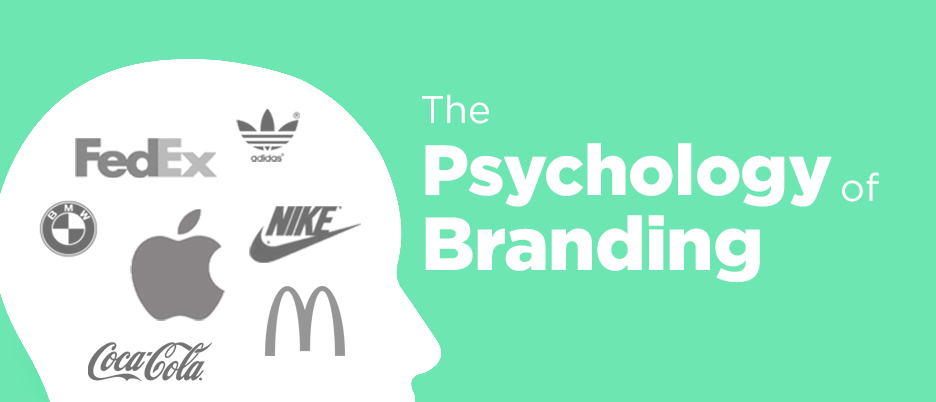Social addictions.
Nothing gets our inspiration flowing like a good, juicy blog post. Read about what we’ve been working on (our latest launches), what we can’t stop thinking about (design trends, industry happenings and new partnerships) and what we think you should know (expert branding insights and probably some stuff about dogs).
Check back often—we’re quite chatty when we want to be.
Psychology of Branding
Underneath every great brand is a plethora of research, data and strategy. It’s not a stretch to say that the science of psychology also plays a big role in achieving an overall brand strategy platform. . Every detail of the brand is meticulously thought out with human behavior in mind. If it’s done well, you won’t even notice what happens behind the scenes to set your brand up for success. From color to social psychology, brands (and their creative agencies) use atrategy to create a lasting emotional connection with consumers, well, the good ones do.

Social Psychology
It’s no question that belonging to a group or having a sense of belonging is a very basic and natural part of human behavior. People often gravitate to others who share similar beliefs, interests and identity traits. It’s like observing and relating to the different cliques out of a John Hughes movie, but on a larger scale. Brand psychology goes much further; by associating with certain like minded groups, brands can resonate with consumers and create loyalty. Probably the best example and one Oblique Design has surely mentioned before is Nike. Nike does a great job of talking the talk and walking the walk. Their alignment with their consumers appears genuine and the connection feels real.
Consistency
Pattern recognition is a survival instinct. It’s found in nature as a way of detecting danger like remembering which berries are poisonous. People are programmed to recognize patterns. What this looks like in brand psychology is consistency. Giving the consumer the same experience across the board through your brand’s system. This includes your brand’s voice through marketing, social media outlets, UI/UX, logo design and every other aspect of your brand system that the consumer interacts with. If people spot any inconsistencies in your brand their survival instincts will kick in leading to distrust and caution towards the brand overall.
Color
The psychology of color is a very extensive field of study, but to break it down simply; color elicits emotional responses within the viewer. A lot of colors are culturally signified while others seem to create a response on a more natural level. It’s been shown that the color red stimulates hunger as we can see that with the color’s prominence amongst American fast food chains and it would be impossible to find a successful environmentally friendly brand that doesn’t utilize the color green.
Obviously brand psychology goes much deeper than this and there’s tons of resources available about it. Strategy and social science play a big role in creating successful brands.
Check out all the work we do underneath the brand to maximize success.
